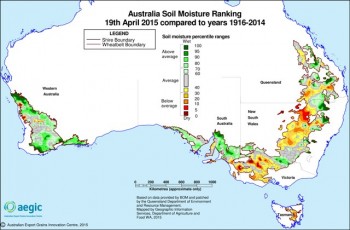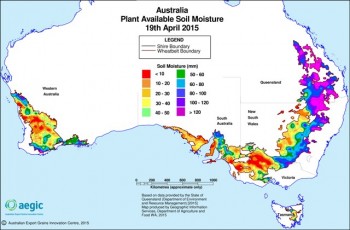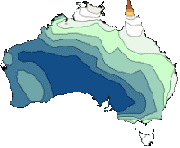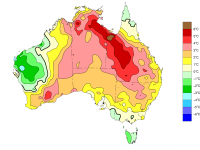Chain of Responsibility (Road Traffic Reform) – New Legislation for WA.
Posted by GBA Administrator | Grain Brokers Australia News | No CommentsChain of Responsibility (CoR) Overview
The introduction of ‘Chain of Responsibility’ provisions into road transport law will be a milestone moment for road safety in Western Australia. Following proclamation of supporting regulations, ‘Chain of Responsibility’ legislation was introduced into WA law on 27 April 2015.
A comprehensive communications campaign continues to be undertaken to ensure all stakeholders and industry members are informed of the changes to existing legislation and the potential impacts on their businesses leading up to implementation.
The national model Road Transport Reform (Compliance and Enforcement) Bill introduces the concept of ‘Chain of Responsibility’, to recognise the responsibilities that others have in the transportation of goods by road, beyond that of just the driver and operator. The general objectives of the national model bill are to:
- Improve road safety
- Reduce infrastructure damage
- Improve deterrence and enforcement;
- Promote a level playing field for industry; and
- Improve business efficiency and compliance.
There is no real change for drivers but now there are more people responsible along the ‘chain’. If you are involved in any of the following ‘road transport activities’, you are a party in the ‘chain of responsibility’ and may be deemed liable in the event of a breach of the road laws:
• Consigning – a person or company commissioning the carrying of goods
• Packing – placing goods in packages, containers or pallets
• Loading – placing or restraining the load of the vehicle
• Driving – the physical act of driving a vehicle
• Operating/Managing – operating a business which controls the use of a vehicle
• Receiving – paying for the goods/taking possession of the load
** Scheduler – whilst not a defined role in WA legislation, there are provisions to include duties performed by a scheduler.
The law also extends to company directors, employers, unincorporated associations and partners in a managed partnership.
Put simply, it means that anyone who has control in the transport chain can be held legally accountable if by action, inaction or demand, they cause or contribute to road safety breaches. All persons within the Chain of Responsibility need to demonstrate (within their own roles):
• They had taken all reasonable steps to prevent a breach;
• There were no reasonable steps they could have taken to prevent the breach; and
• There was no way they could reasonably be expected to know about the breach.
Responsible parties within the transport and logistics chain, must be satisfied their programs and compliance systems for road transport are in place and adequately meet their obligations under the law. The Chain of Responsibility legislation is contained in the Road Traffic (Administration) Act 2008 and the Road Traffic (Vehicles) Act 2012 and is accessible on the State Law Publisher’s website:
Associated regulations were published in December 2014 and were proclaimed on 27 April 2015:
![]() Road Traffic (Vehicles) Regulations 2014
Road Traffic (Vehicles) Regulations 2014
![]() Road Traffic (Administration) Regulations 2014
Road Traffic (Administration) Regulations 2014
![]() Road Traffic (Authorisation to Drive) Regulations 2014
Road Traffic (Authorisation to Drive) Regulations 2014
 Road Traffic (Repeals and Amendments) Regulations 2014
Road Traffic (Repeals and Amendments) Regulations 2014
A ![]() Chain of Responsibility Overview of the Changes and a list of
Chain of Responsibility Overview of the Changes and a list of FAQs are available for download.
FAQs are available for download.
Listed below are a number of Fact Sheets that provide specific information on the roles and responsibilities of specific parties within the road transport chain:
Fremantle Ports has launched a Chain of Responsibility smartphone app, providing transport companies handling containers at Fremantle Ports with guidance on Container Weight Declarations (CWDs), directions to the weighbridge and Control Areas within the port precinct.
The Fremantle Ports CoR app is available free from iTunes, Google Play and the Windows Phone store.
Also available as a free download is Fremantle Port’s Guide to Container Weight Declarations, explaining what a Container Weight Declaration (CWD) is and providing a guide to risk mitigation:  A Guide to Container Weight Declarations .
A Guide to Container Weight Declarations .
Information courtesy of the Mains Roads Dept of WA website.













